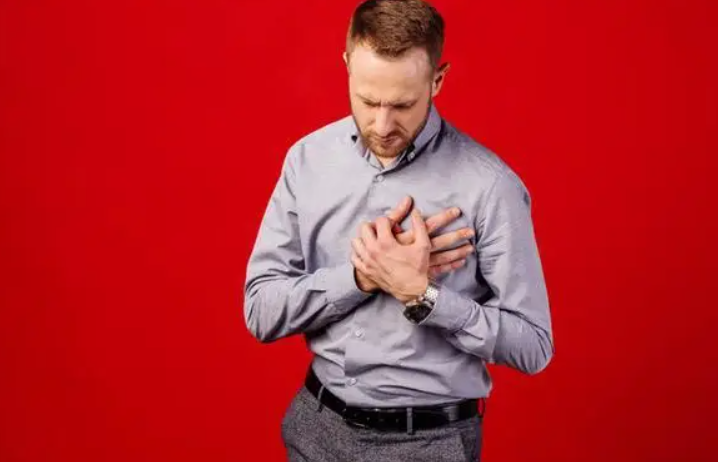
We all know that instant relief pills are a common medicine for the elderly. It has the function of promoting qi and blood circulation, removing blood stasis and relieving pain. It can increase coronary blood flow and relieve angina.
The applicable population of the drug is the high-risk group of coronary heart disease: such as the elderly, many years of "three high" patients, many years of old smokers, obese people.
When there are signs of angina pectoris, such as chest tightness, discomfort in the precardiac area, and a feeling of soreness and heaviness in the left shoulder, quick-acting pills can be taken.
So is chest pain and chest tightness in children equivalent to angina pectoris in the elderly? Need a quick fix?
Of course not. There are many reasons for chest pain and chest tightness in children, including cardiovascular, lung, muscle and other organic diseases, in addition to functional neuropsychiatric factors.Organic diseases mainly include the following five conditions:
Heart disease: such as congenital heart disease, myocarditis, pericarditis, tachycardia, atrioventricular block, etc.
Acute attack of bronchial asthma: repeated cough, wheezing, shortness of breath, chest tightness, sudden chest tightness and shortness of breath after exercise or contact with allergens. Some children have a family history of allergic rhinitis and bronchial asthma.
Spontaneous pneumothorax: sudden chest pain, chest tightness, deep inhalation pain is obvious, and even can not do deep breathing. Pneumothorax is more common in slim and tall boys in junior and senior high school.
Costal chondritis: inflammation of the cartilage between the ribs and the sternum. Often virus infection or cold, conscious before the chest has a pinprick like pain.
In adolescents, a considerable proportion of chest pain symptoms are caused by costal chondritis;
Gastrointestinal disease: The pain is located below the chest near the upper abdomen. Symptoms usually appear before or after meals, with nausea, acid reflux, bloating and other discomfort.
Common functional causes include:
Hyperventilation syndrome: Rapid breathing and hyperventilation caused by anxiety or stress, resulting in excessive carbon dioxide emission and alkalosis.
The child often has chest pain due to excessive breathing, and can also have a rapid heartbeat, numbness in the limbs, and even convulsions. Hyperventilation causes an acid-base imbalance in the blood and occasionally causes coronary artery constriction resulting in chest pain;
Cardiac neurosis: symptoms of chest tightness, chest pain, shortness of breath and palpitation without the basis of organic heart disease belong to the broad category of psychosomatic diseases.
For example, when encountering some unpleasant things, such as disputes with parents and classmates, children will produce the above symptoms. After rest, mind relaxation, emotional adjustment, can quickly return to normal.
Therefore, when the child has symptoms, it is necessary to seek medical attention in time, find the cause through imaging, electrocardiogram, echocardiography and other tests, and treat the symptoms.
For functional chest tightness, chest pain, necessary psychological treatment for the child, dredge the bad mood, relax the mood, the symptoms can be alleviated by themselves, must not self-medication.

